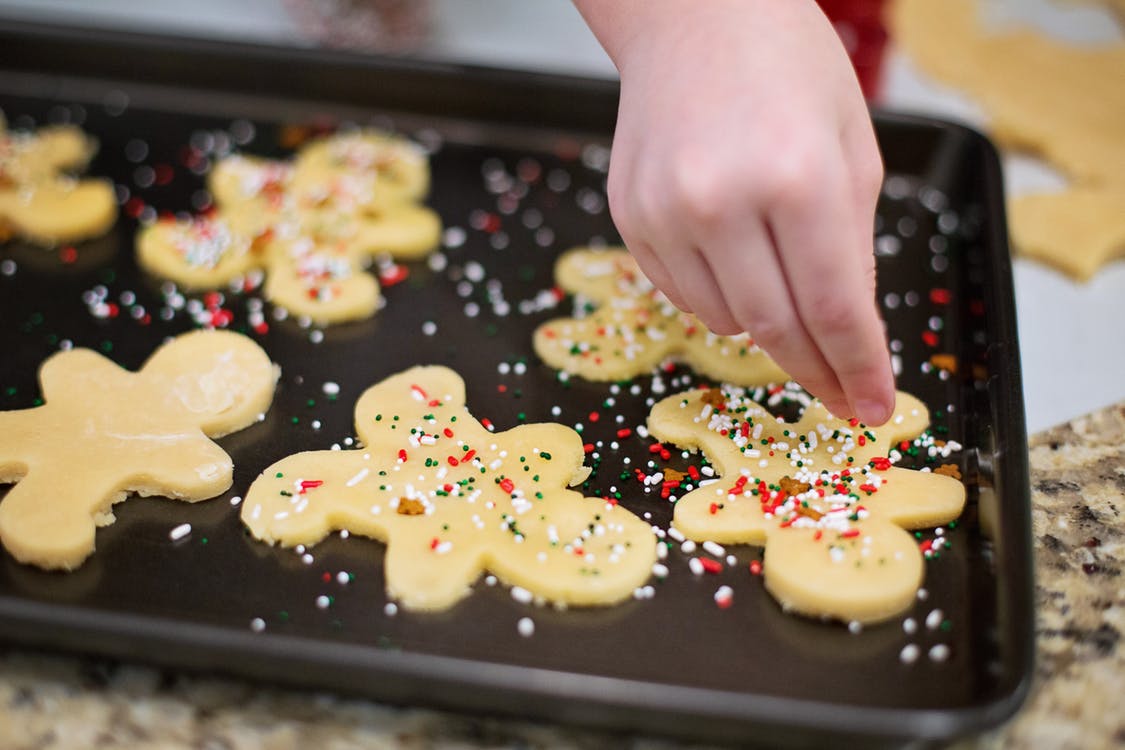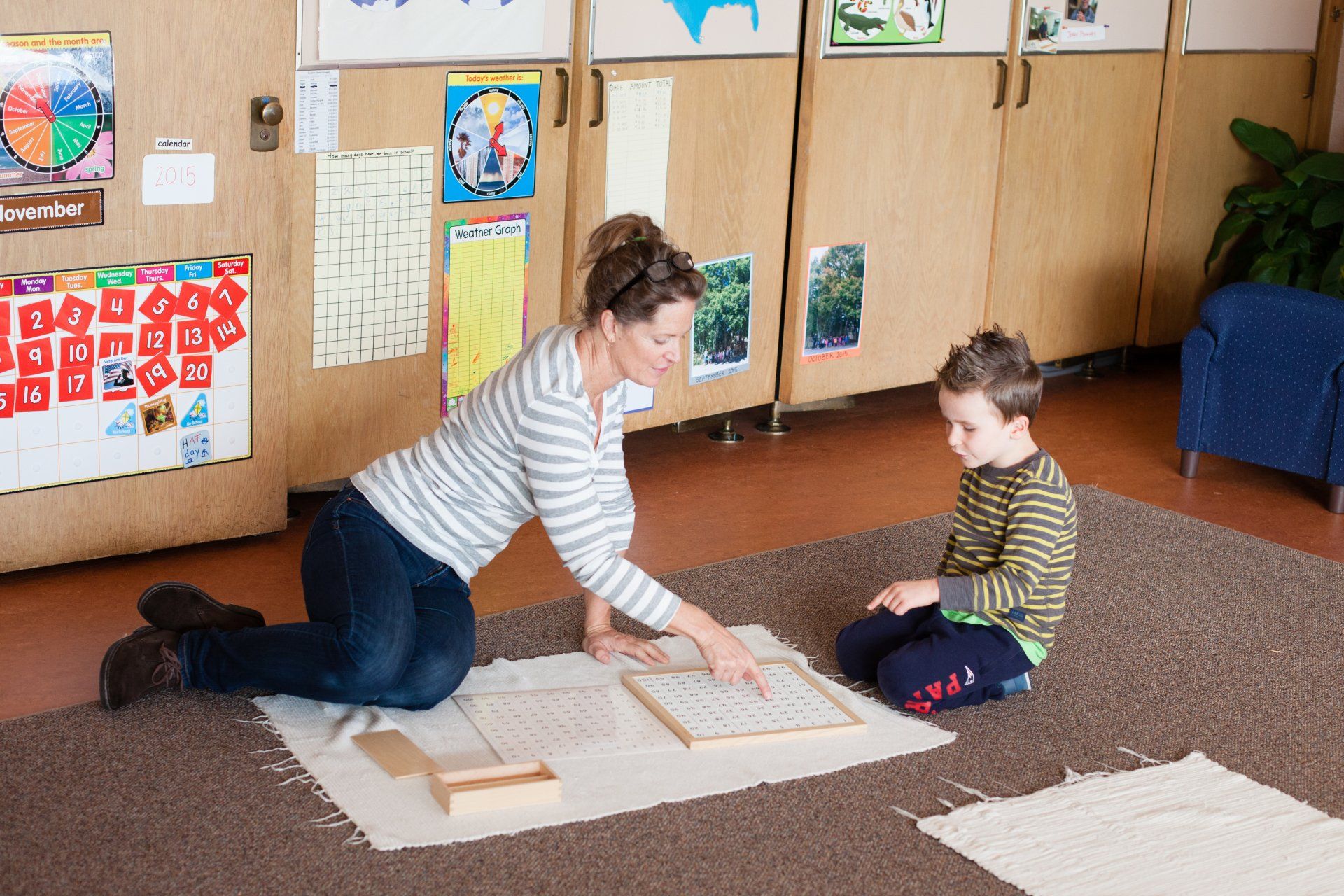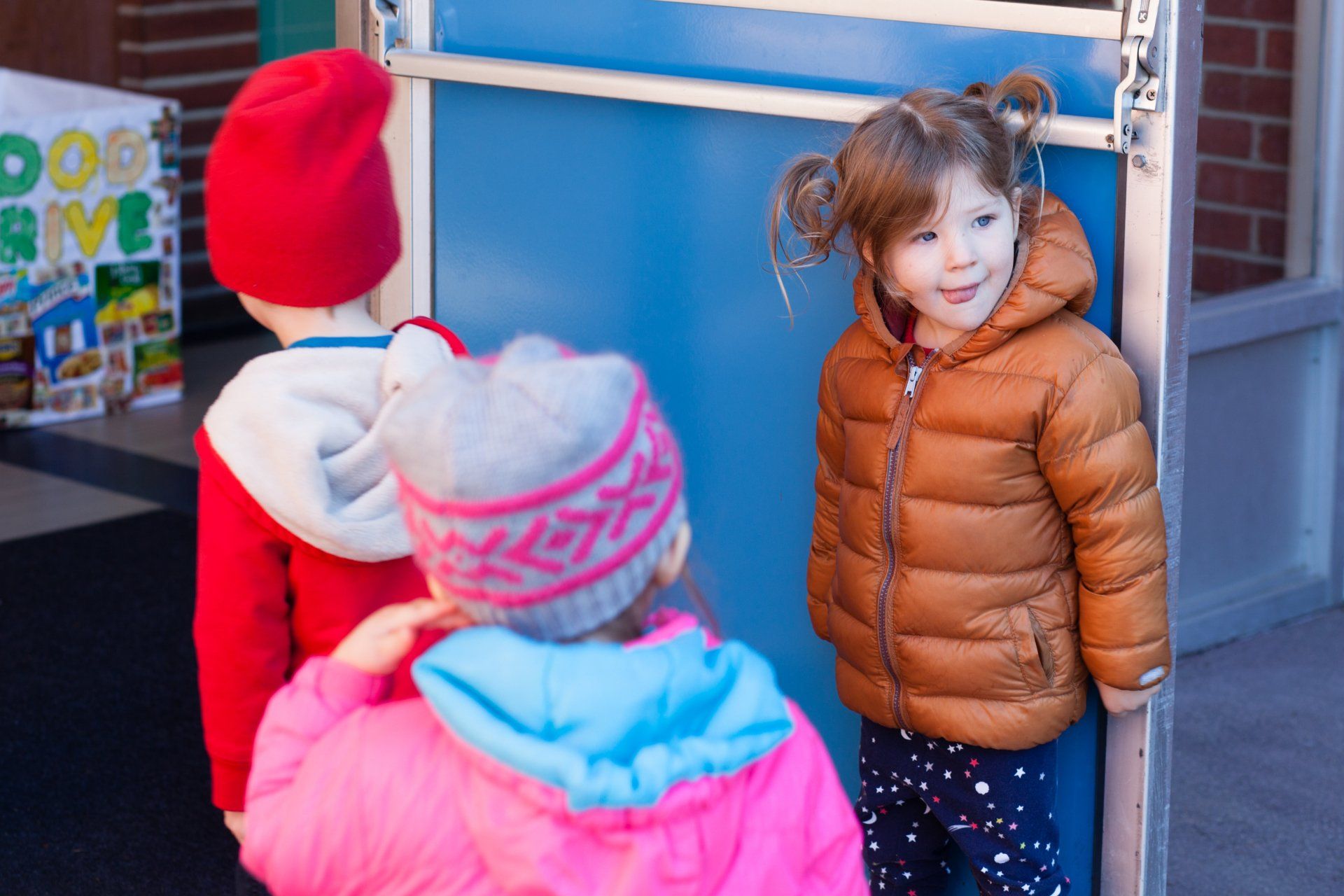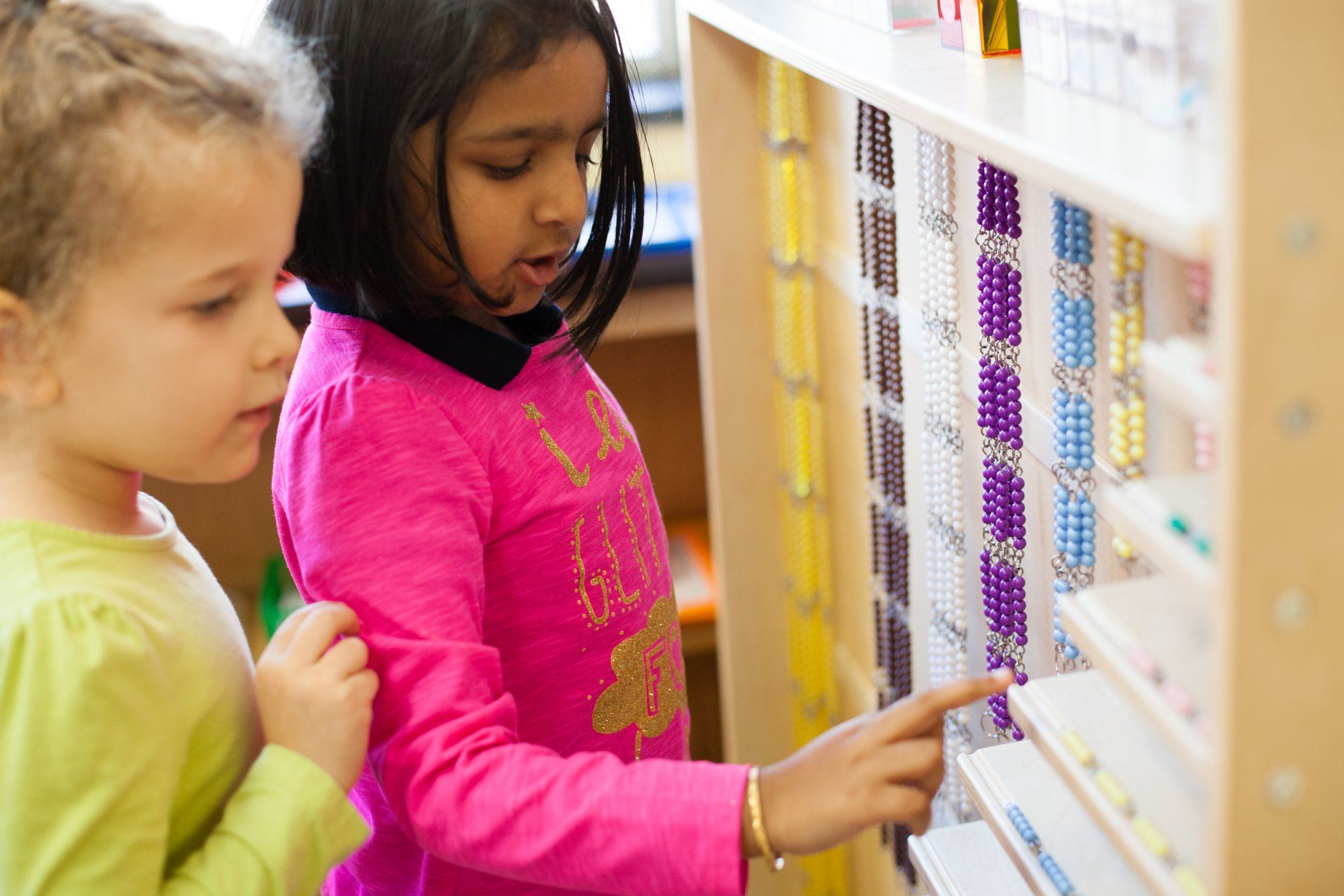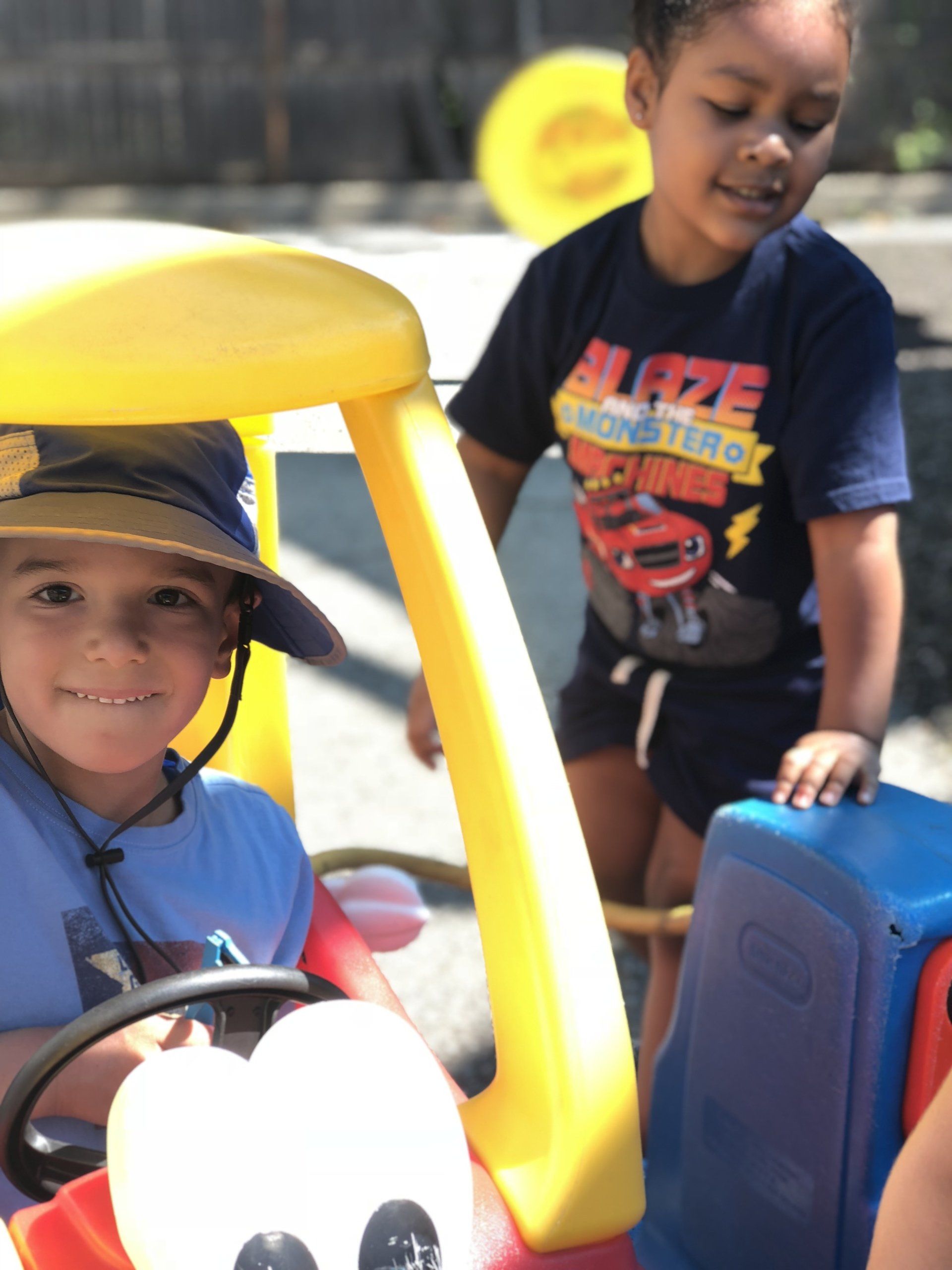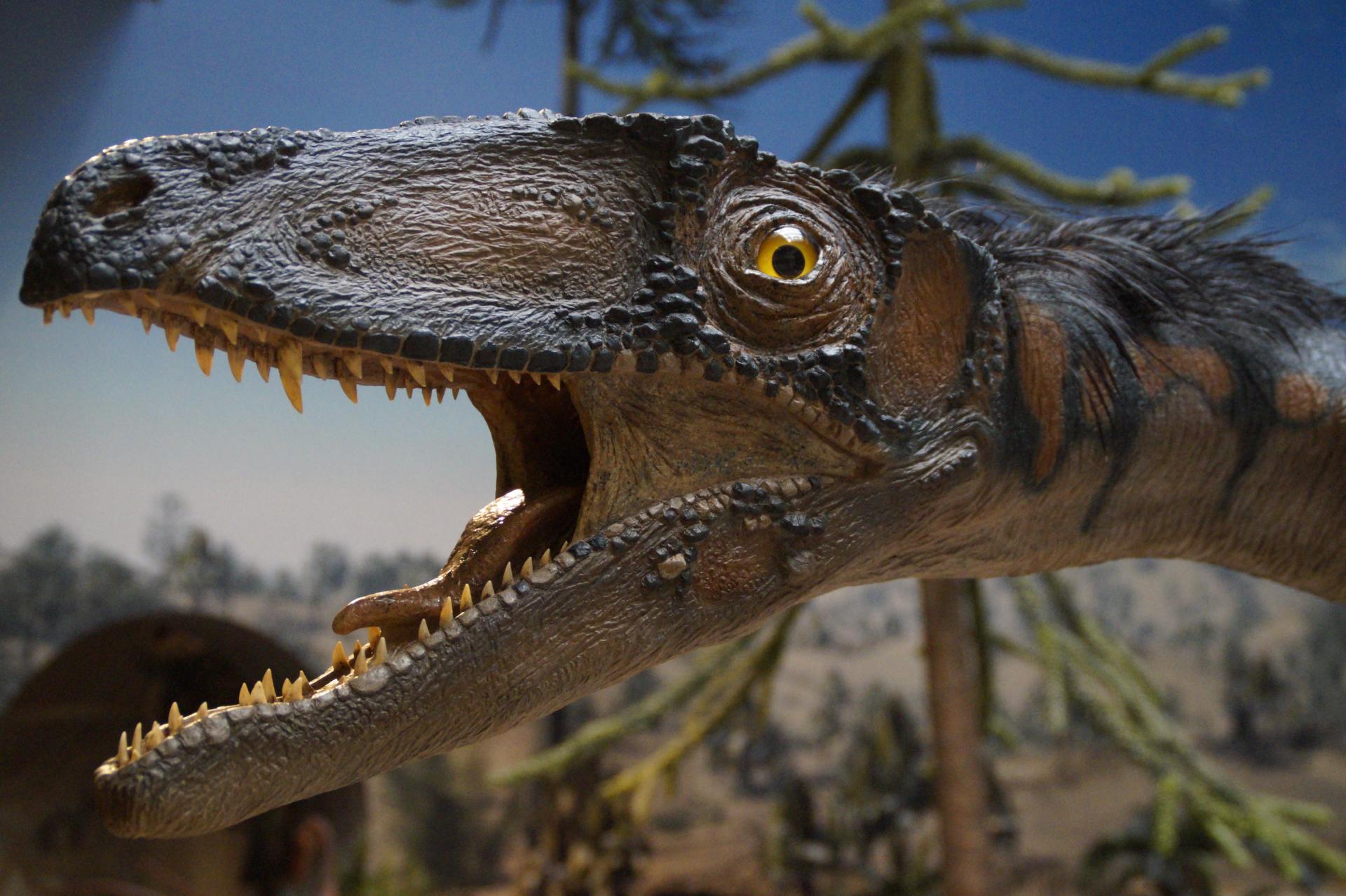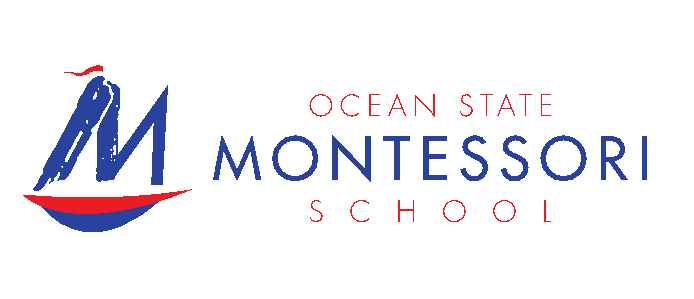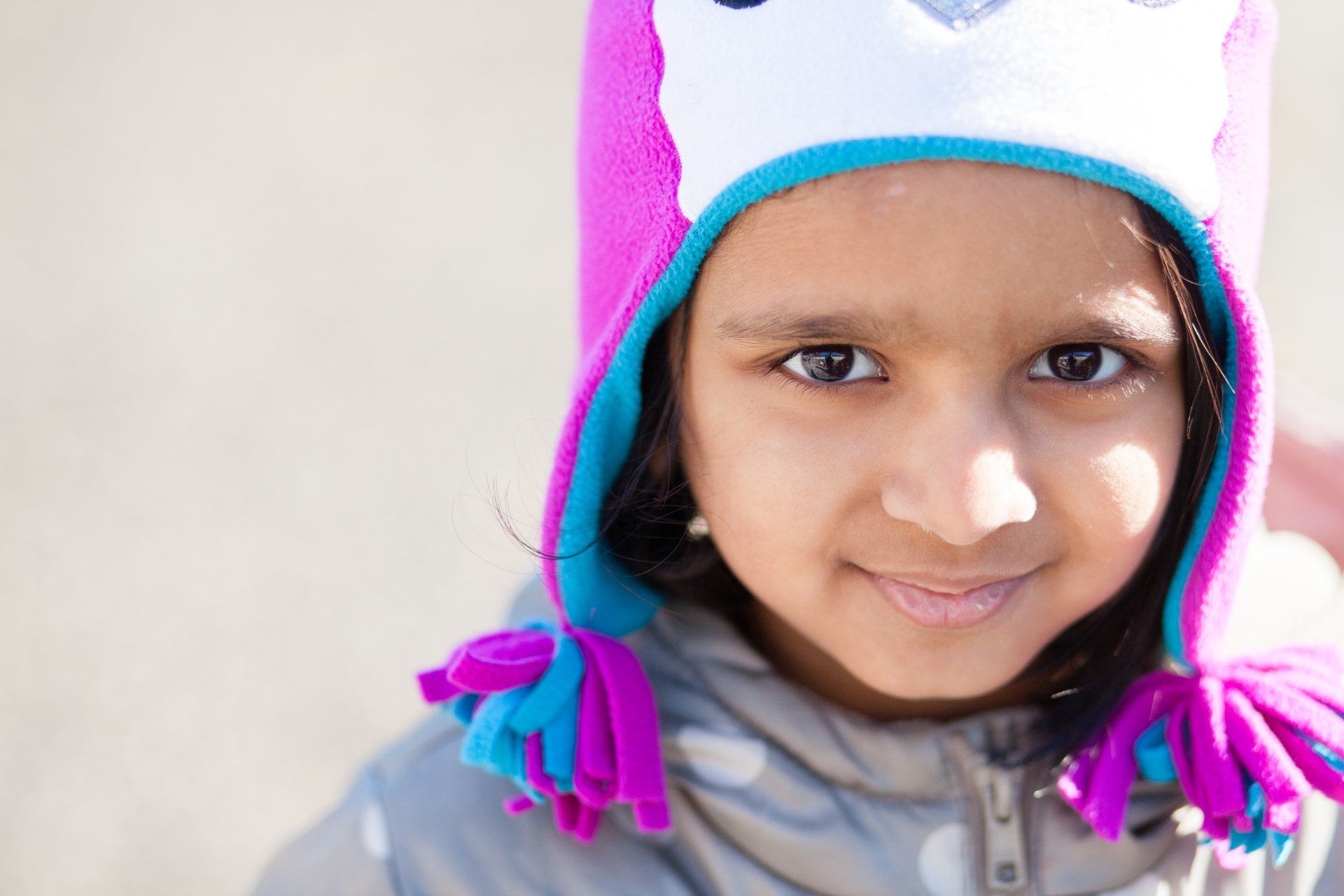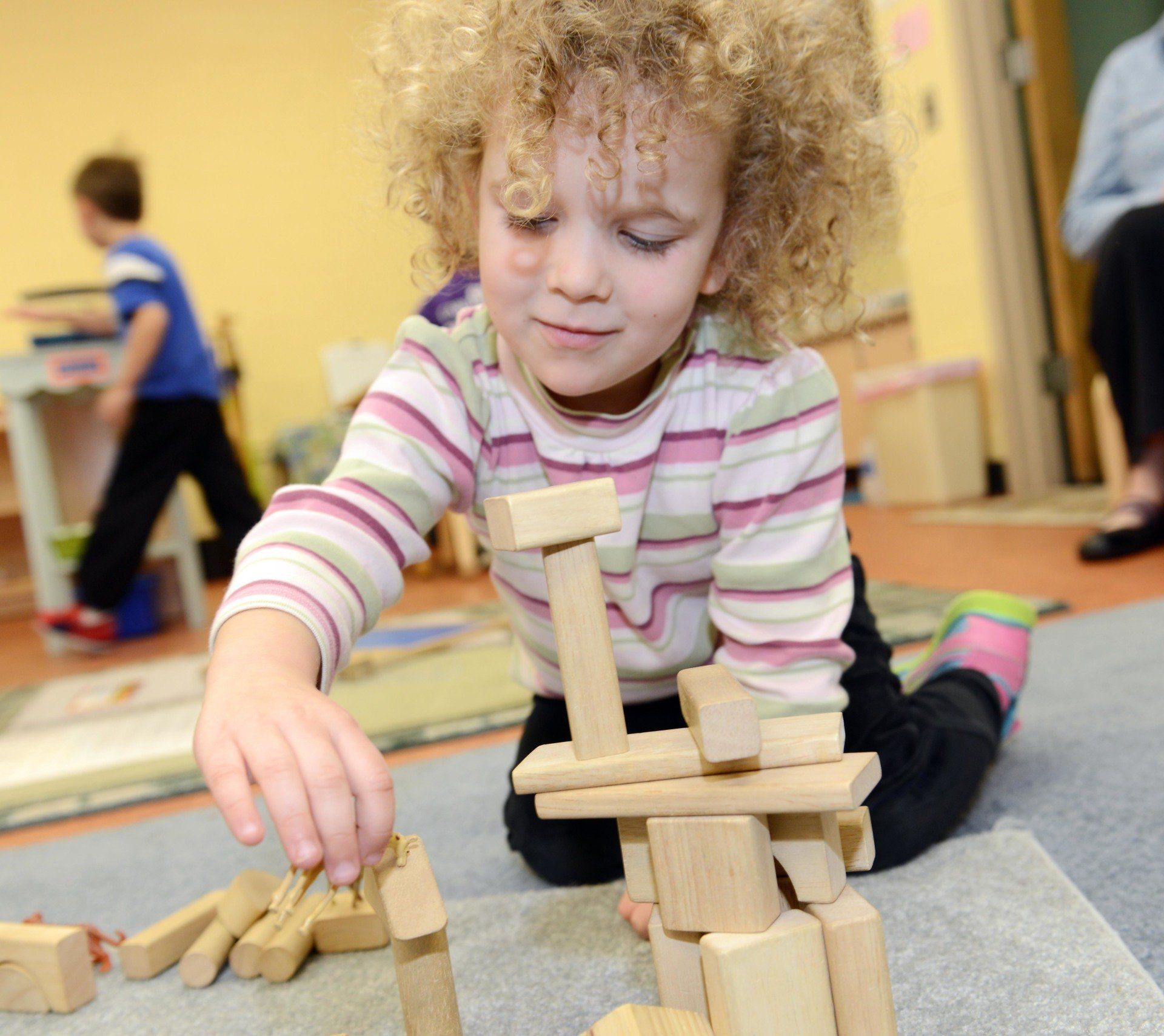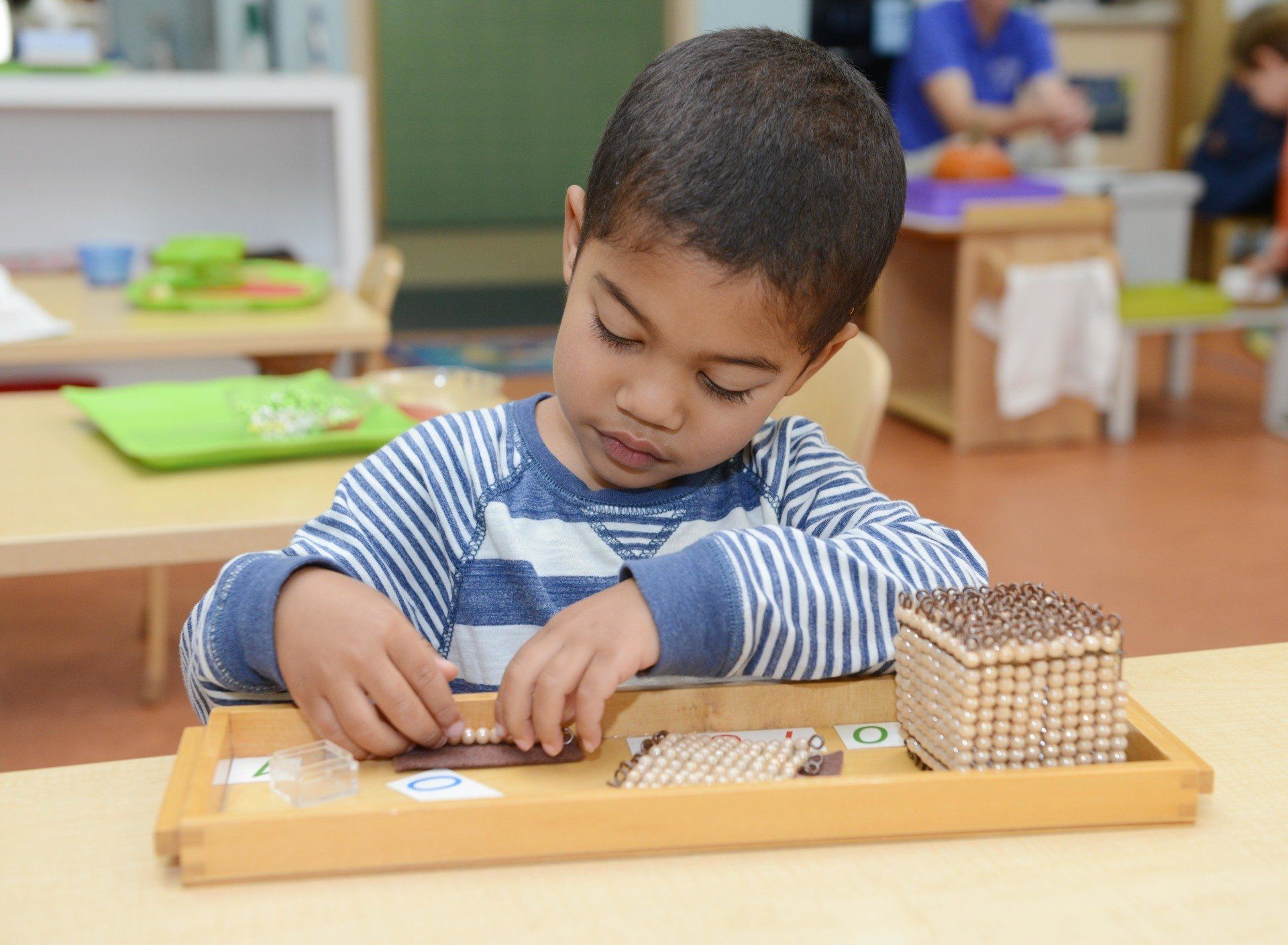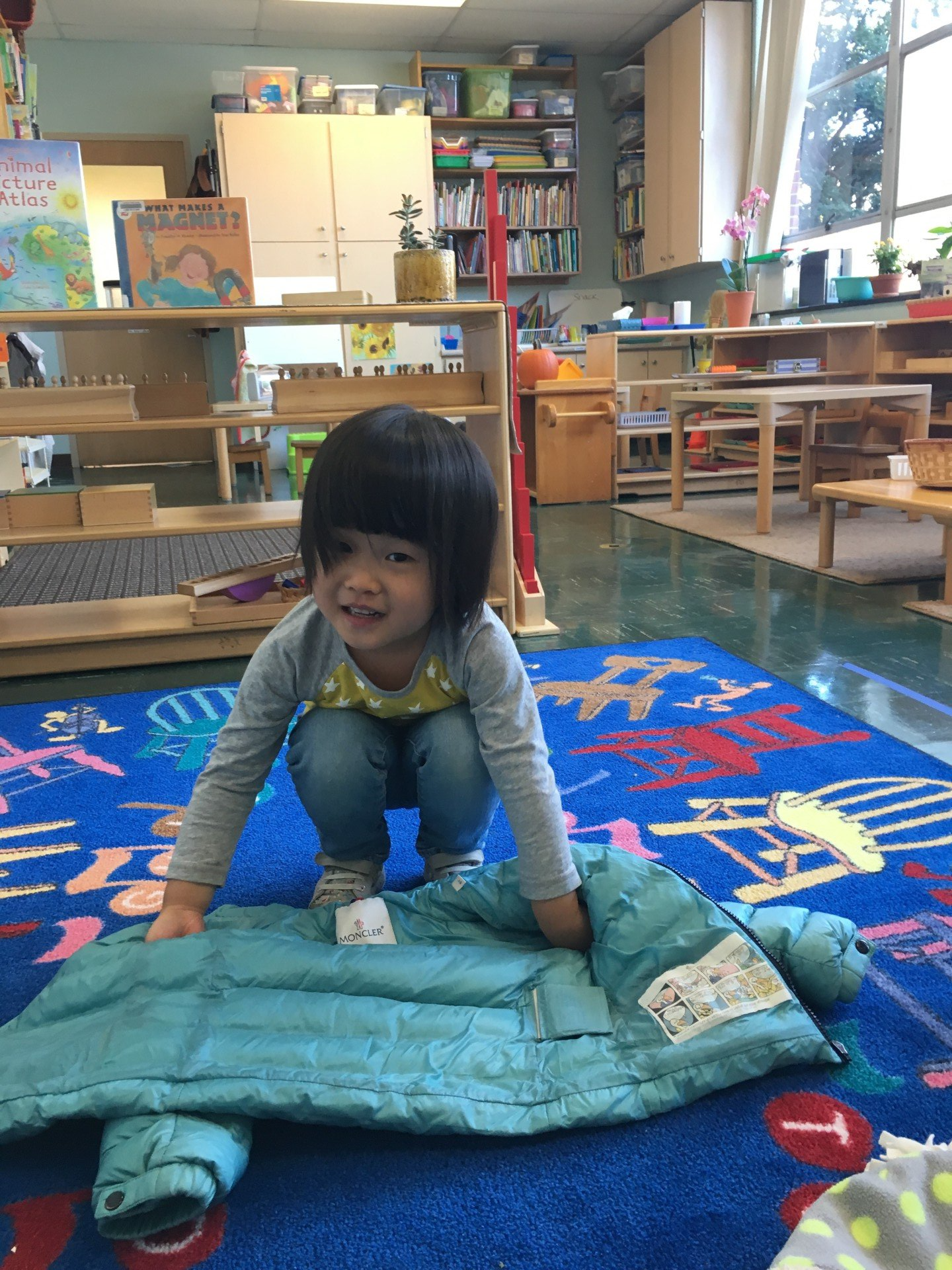Things to Do With Your Kids this Holiday Season
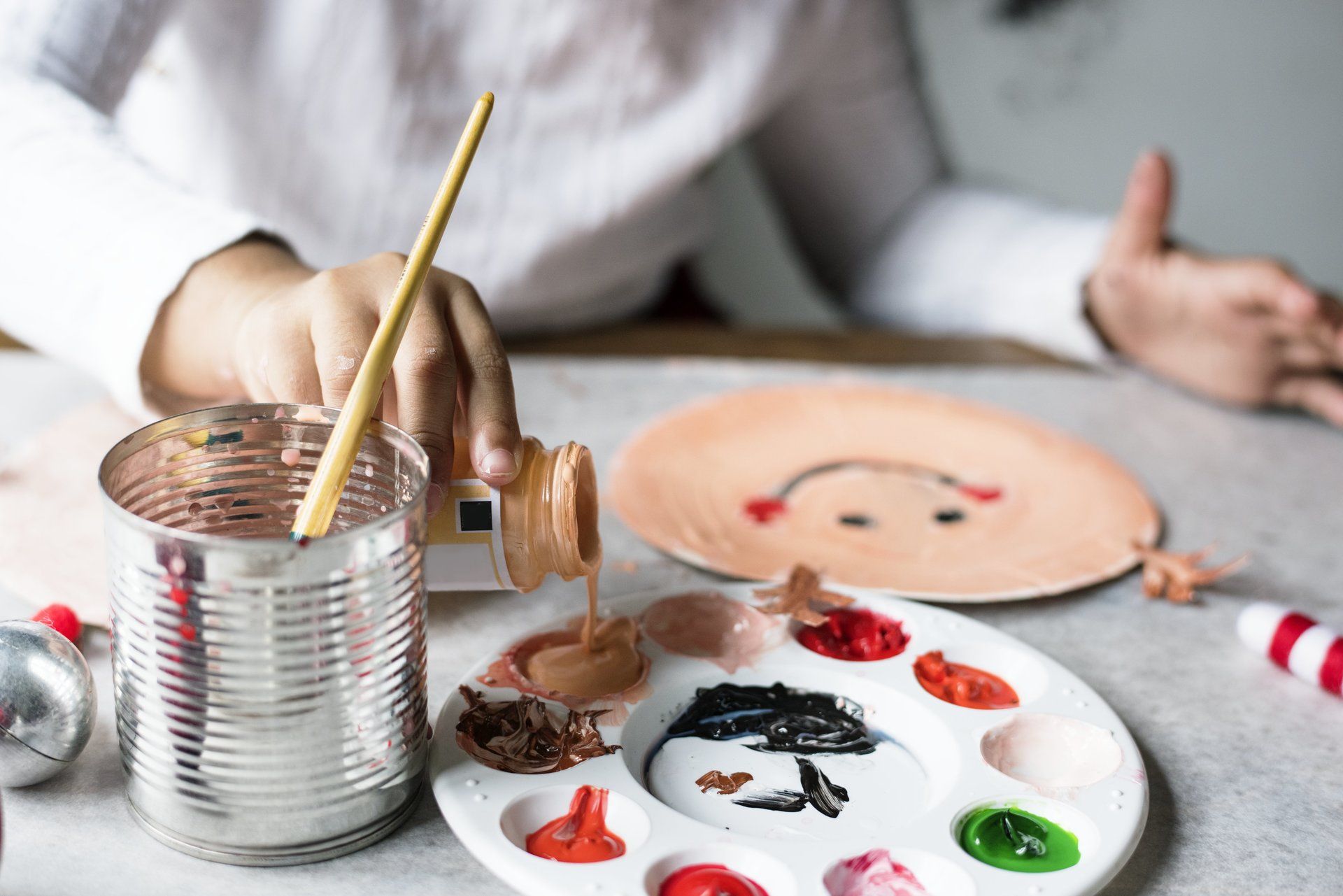
While having your kids home for the holidays can be fun, it can also be hard to find things that will keep them occupied for the duration of their vacation. Most parents will go into vacation with confidence when it comes to keeping their kids busy, but kids can burn through activities faster than you think. Below you’ll find a few activities to do to keep your kids busy during their holiday vacation!
Find Activities in Your Community
During the holidays, there are usually many different things going on in your community that you and your family can take part of. If you’re looking for activities to take your kids to, you can check your local papers or community centers to check out all the fun events going on. Kidoinfo.com
and Hulafrog.com
are excellent resources for parents in the Providence area as well!
Public libraries can also be a great source of entertainment. Not only can you use the library as a resource to find events, there are also many events that happen at the library itself, along with computers and small reading areas. Libraries also often have storytimes for toddlers and young children, which can give parents a breather.
Staying at Home
If it’s logistically easier for you to stay at home with your kids and find fun ways to entertain them that way, here are a few ideas you could try out:
- Read, Read, Read
: Reading is an adventure! Pick their favorite book out from the bookshelf and cuddle up with some blankets the fireplace or windowsill. Better yet, make some hot cocoa or tea to enjoy while you read.
- Get Cooking
: find a recipe that all the kids will like and agree on, and make it with them! You can buy the ingredients beforehand (or take them shopping with you) and have them help you make the meal with you! This can inspire them to eat new things, and will also get them helping you in the kitchen.
- Play Dress Up
: this is also a great way to clean out any old and unwanted clothes you don’t wear anymore. Your kids look up to you, and will enjoy getting to dress up in your clothes, even if you don’t want them anymore.
- Put on a Puppet Show
: create your own puppets out of socks and write their own play, and they can even dress up and use props from around the house. If you have a camera, you can even record it for memories that will last a lifetime.
All of us here at Ocean State Montessori School hope you have a wonderful holiday!
